Prehistory: Religion
We can only make informed guesses about what prehistoric people believed, using evidence from the monuments and artefacts that have survived. There was no single or continuously developed belief system in prehistoric Britain. For long periods, however, there were religious practices concerning the dead, their afterlife, and their influence on the living.

COMMUNAL TOMBS
When people began to farm the land in about 4000 BC and to settle in permanent territories, they started to place their dead in huge communal tombs. West Kennet Long Barrow in Wiltshire and Uley Long Barrow in Gloucestershire are two good examples of this. Only a small number of people were buried in this way, despite the many thousands of man hours that would have been required to build the barrows. Why these particular men, women and children were selected is unknown.
Nor is it clear why sometimes their bones were deposited only after their bodies had rotted elsewhere – perhaps in ceremonial mortuary sites connected with communal gathering places like Windmill Hill in Wiltshire.
From about 3500 BC new types of communal monument appeared: linear ‘cursuses’, banked circular earthwork ‘henges’ and, from about 3000 BC, stone circles such as Castlerigg in Cumbria, Avebury in Wiltshire and, of course, Stonehenge. These monuments appear to represent attempts to create sacred spaces that were kept apart from everyday life, or used as ceremonial gathering places.
RITUAL LANDSCAPES
Stonehenge – an early form of earthwork henge to which stone circles were later added – is undoubtedly aligned to the rising sun at midsummer and the setting sun at midwinter. Not all stone circles were aligned on heavenly bodies, but it is clear that the procession of time and the seasons, and the movements of the sun and moon, were highly significant to prehistoric people.
Monuments of varying types, built over quite long periods, were now incorporated into artificial ‘ritual landscapes’ still visible around Avebury and Stonehenge. We think that these were the settings for elaborate religious ceremonies, which may have been connected to beliefs about the fertility of people, animals and crops.
At Grime's Graves in Norfolk (mined from about 2600 BC) ritual offerings accompanied the closure of worked-out flint mines, apparently to encourage renewal.
ROUND BARROWS
Neolithic sacred places and ritual landscapes clearly remained significant for many years after they were built, used and even understood. Many hundreds of Bronze Age round barrows were built near Stonehenge and Avebury.
By far the most commonly found prehistoric monument in England (and often located in groups, such as Winterbourne Poor Lot Barrows, Dorset), round barrows cover individual burials or cremations, sometimes accompanied by rich grave goods. They mark a shift from communal monuments to a focus on particular people and their power.
As the Bronze Age progressed, cremation became more common, with ashes being deposited in a small pit or pottery urn, within an older or new barrow.
SPRINGS, GROVES AND DRUIDS
From about 800 BC, in the early Iron Age, there was an even greater change. Evidence for burials is rare, but people increasingly cast valuable items – weapons, metalwork, even gold – into rivers, pools and springs, apparently as sacrifices to water gods.
According to the Roman writers who provide the earliest written accounts of prehistoric religion, late Iron Age worship focused not on built temples but on ‘sacred groves’, the haunts of Druids, whose name means ‘oak-knowers’.
Julius Caesar, writing propaganda for a sensation-loving Roman public, describes Druids conducting human sacrifices, but also as philosophers, preaching about the transmigration of immortal human souls from one body to another; and Tacitus describes the Druids making a last stand against the Romans on the Isle of Anglesey in AD 61.
Beyond these records, almost nothing is known about Druids. Yet for centuries they dominated concepts of prehistory, and were wrongly portrayed as the builders of Stonehenge – a monument abandoned at least a thousand years before they are first heard of.
More about Prehistoric England
-
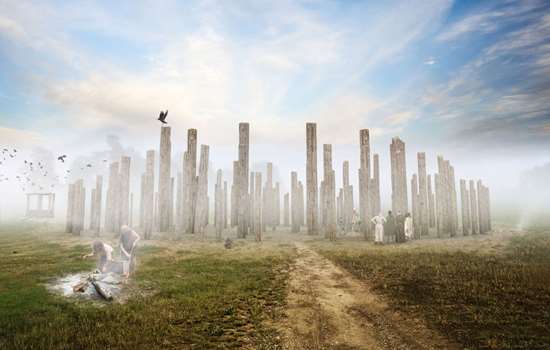
Prehistoric Architecture
The structures that survive from prehistory might not be what we’d normally think of as ‘architecture’. But these structures still inspire awe today
-
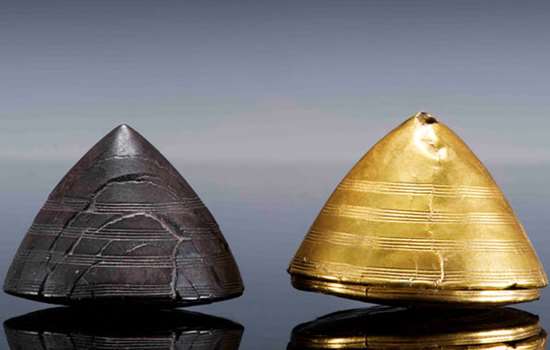
Prehistoric Art
People in prehistory were skilled at making tools and decorative objects from stone and metal, sometimes with astonishing decoration.
-
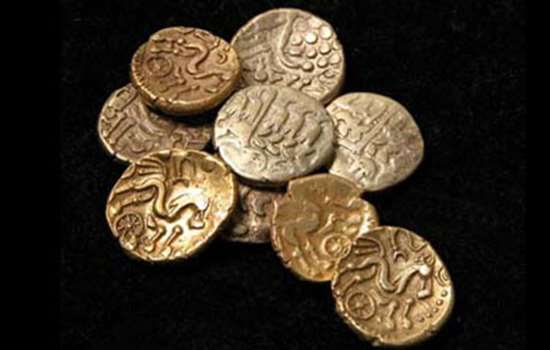
Prehistoric Commerce
Goods and skills must have been bartered or exchanged in prehistoric Britain from early times, but very little evidence has survived and commece as we think of it may not have existed.
-
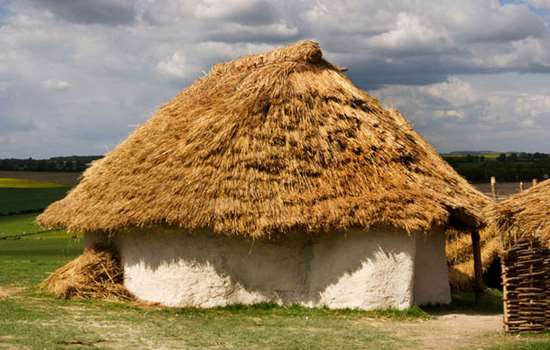
Prehistoric Daily Life
The arrival of farming from about 4000 BC had a profound effect on every aspect of daily life for the people who lived in the British Isles.
-
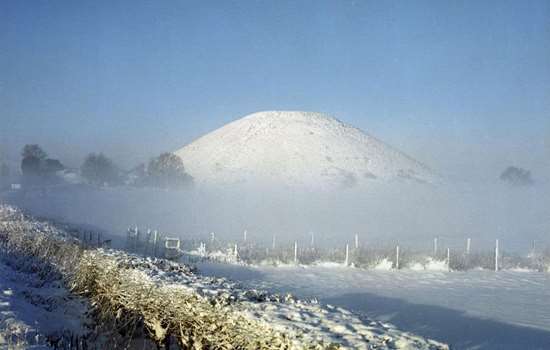
Prehistory: Landscape
How Neolithic people linked complexes of person-made monuments into artificial landscapes.
-
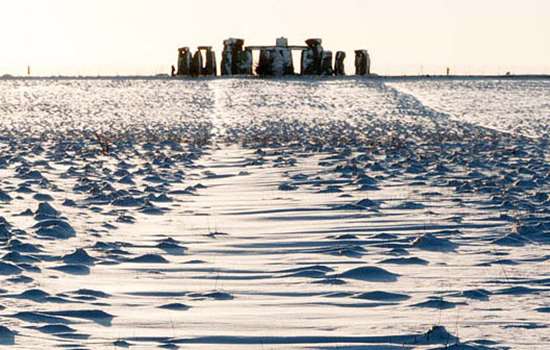
Prehistory: Networks
The arrival of farming, the building of great communal monuments and the knowledge of metalworking all transformed prehistoric Britain.
-
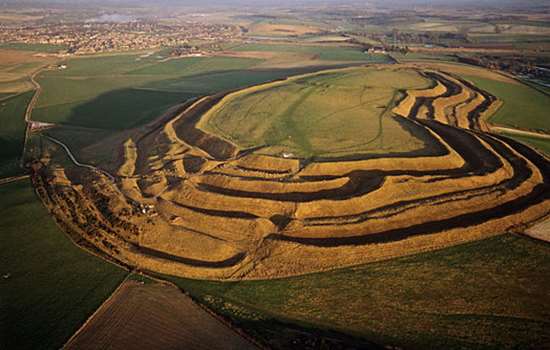
Prehistory: Power and Politics
Power in prehistoric Britain was expressed symbolically, through the likes of mighty communal monuments, rich grave goods, and massive hillforts.
-
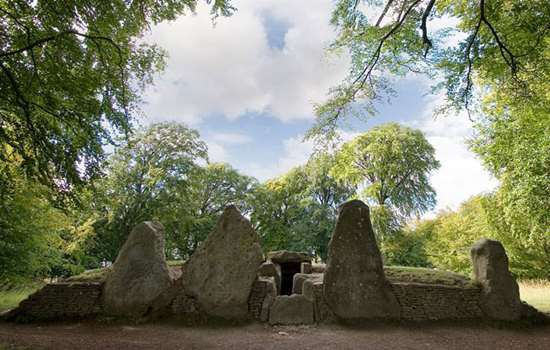
Prehistory: Religion
There was no single or continuously developed belief system in prehistoric Britain, but we can make informed guesses about what different prehistoric people believed.
-
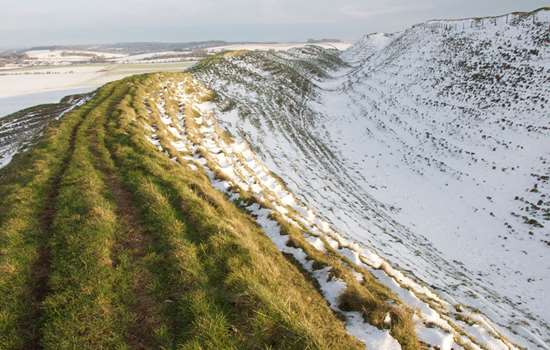
Prehistory: Conflict
Violence and conflict undoubtedly occurred in prehistoric Britain, but the archaeological evidence is often subject to varying interpretations.
Prehistory Stories
-

Food and Feasting at Stonehenge
Find out what the people who built and used Stonehenge ate, how they cooked and served their food, and the cutting-edge science behind these discoveries.
-
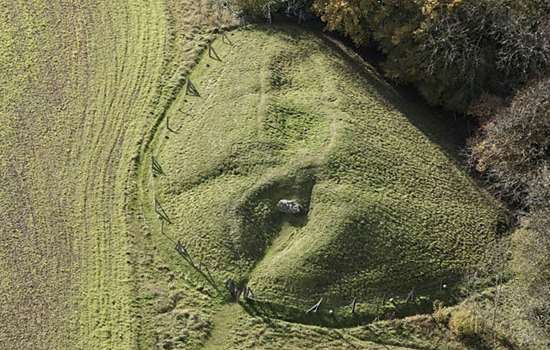
Long Barrows and Broken Bones
What the atmospheric, evocative long barrows of the Cotswold Hills and Marlborough Downs reveal about burial practices and attitudes to death in the early Neolithic period.
-
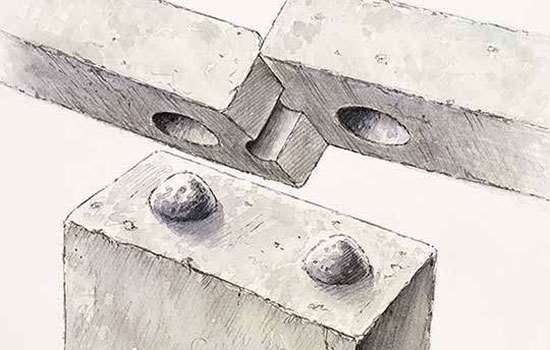
Building Stonehenge
Stonehenge is a masterpiece of engineering. How did Neolithic people build it using only the simple tools and technologies available to them?
-
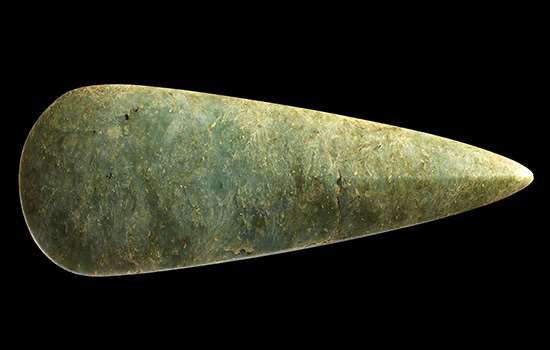
Making Connections: Stonehenge in its Prehistoric World
At the time of Stonehenge, people connected with others and with the world around them by making and sharing objects. Explore the story of these connections.
-
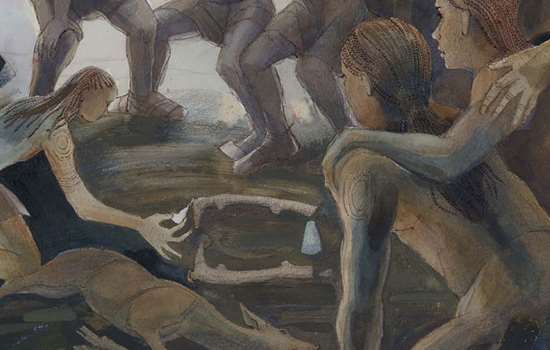
Ritual Mysteries in a Prehistoric Flint Mine
What finds at Grime’s Graves in Norfolk reveal about the significance of mining, and the value of flint, to Neolithic communities.
-
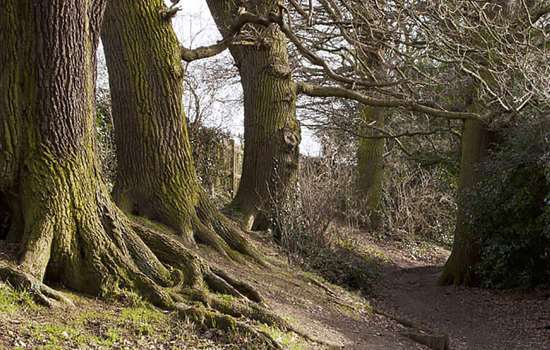
Iron Age Kings and their Roman Connections
How burial goods from Essex provide tantalising glimpses of rich and powerful leaders in Iron Age Britain, and their strong links with the Roman world.
-
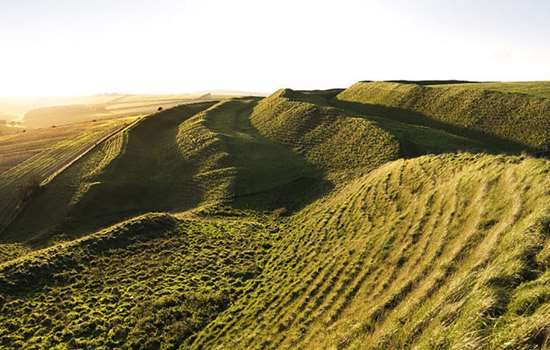
Roman Invasion at Maiden Castle
Britain’s largest Iron Age hillfort was once regarded as a monument to the brutality of Roman invasion, but its story may be rather more complicated.
-
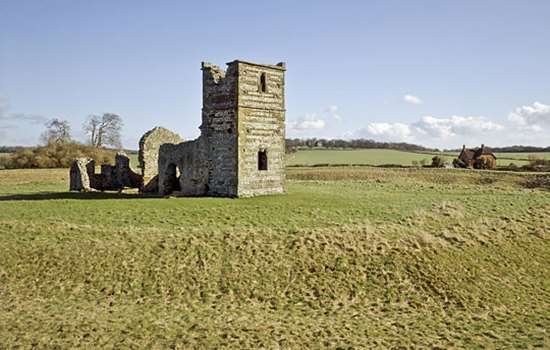
Prehistoric Earthworks and Their Afterlife at Knowlton
How a unique group of Neolithic monuments in Dorset have remained a significant and atmospheric presence for 4,000 years.
